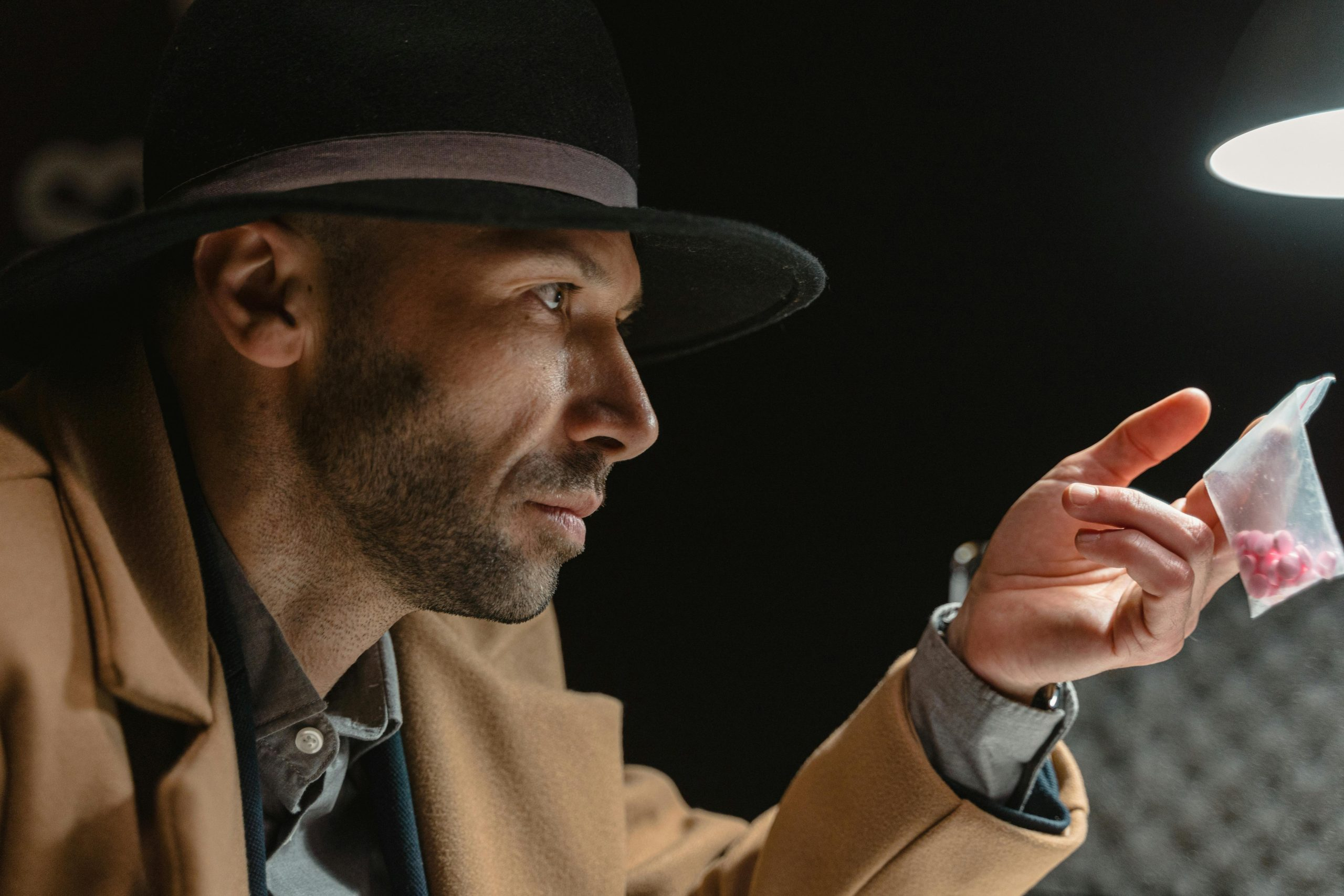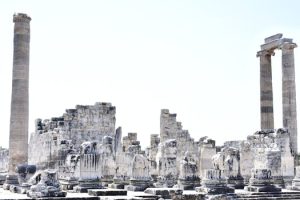Hidden Cultures: Discovering Forgotten Civilizations and Traditions
The world is full of fascinating and unique cultures, each with its own rich history and traditions. However, there are some societies that have been forgotten and overlooked, often overshadowed by more well-known civilizations. These hidden cultures hold a wealth of knowledge and insights that can offer us a deeper understanding of our past and present. In this article, we will take a journey to discover these forgotten civilizations and traditions, and explore the beauty and significance of their cultural heritage.
The Impact of Hidden Cultures
Hidden cultures refer to societies and communities that have been isolated or hidden from the rest of the world for various reasons. These communities have been cut off from modern development and have preserved their beliefs, traditions, and way of life for centuries. While these hidden cultures may seem insignificant, they can offer us a unique perspective on the diversity and complexity of the human experience. They can also teach us valuable lessons about resilience, sustainability, and community values.
Preserving Cultural Diversity
As the world becomes increasingly connected, many cultures and traditions are at risk of disappearing and assimilating into more dominant cultures. However, hidden cultures have been able to preserve their customs and traditions, providing a glimpse into the diversity of human culture. Their unique languages, food, art, and rituals offer a valuable contribution to cultural diversity and can help us appreciate the beauty of our differences.
Understanding the Human Experience
The stories, beliefs, and customs of hidden cultures can also offer us a deeper understanding of the human experience. By learning about the challenges, struggles, and triumphs of these societies, we can gain insights into our own lives and the world around us. These cultures can also serve as a reminder of the enduring human spirit and inspire us to embrace our own unique identities.
The Lost City of Petra
One of the most well-known examples of a hidden culture is the ancient city of Petra. Located in modern-day Jordan, this city was once one of the most important trade centers in the world, connecting the East and West. However, it was abandoned and forgotten for centuries until it was rediscovered in the 19th century. Its unique architecture carved into the rock and its elaborate water system have fascinated archaeologists and visitors alike, offering a glimpse into the once prosperous society that inhabited it.
The Living Root Bridges of India
Another hidden culture that has recently gained attention is the Khasi tribe in Meghalaya, India. This tribe has developed a unique and sustainable way to create bridges made entirely out of living tree roots. These bridges can span over a hundred feet and take decades to grow, but they are incredibly strong and have been used for centuries by the tribe to cross rivers and ravines. This tradition showcases the ingenuity and resourcefulness of hidden cultures and how they have been able to adapt and thrive in their environments.
The Importance of Preserving Hidden Cultures
While it is essential to celebrate and learn from hidden cultures, it is also crucial to respect and protect their way of life. As these societies come into contact with the outside world, they face the risk of losing their traditions and values. It is our responsibility to ensure that these cultures are not exploited or forced to conform to modern society. Encouraging responsible and sustainable tourism and supporting initiatives that promote the preservation of these cultures can help ensure their legacy for future generations.
Uncovering the Beauty of Hidden Cultures
In conclusion, hidden cultures are a crucial part of our global community. They offer us a unique insight into the diversity of human culture and the resilience of the human spirit. By discovering and celebrating these forgotten civilizations and traditions, we can uncover the beauty and significance of our collective past and gain a deeper understanding of ourselves and the world we live in.
In a world that is becoming increasingly homogenous, let us not forget to embrace and protect the diversity that makes us human.











